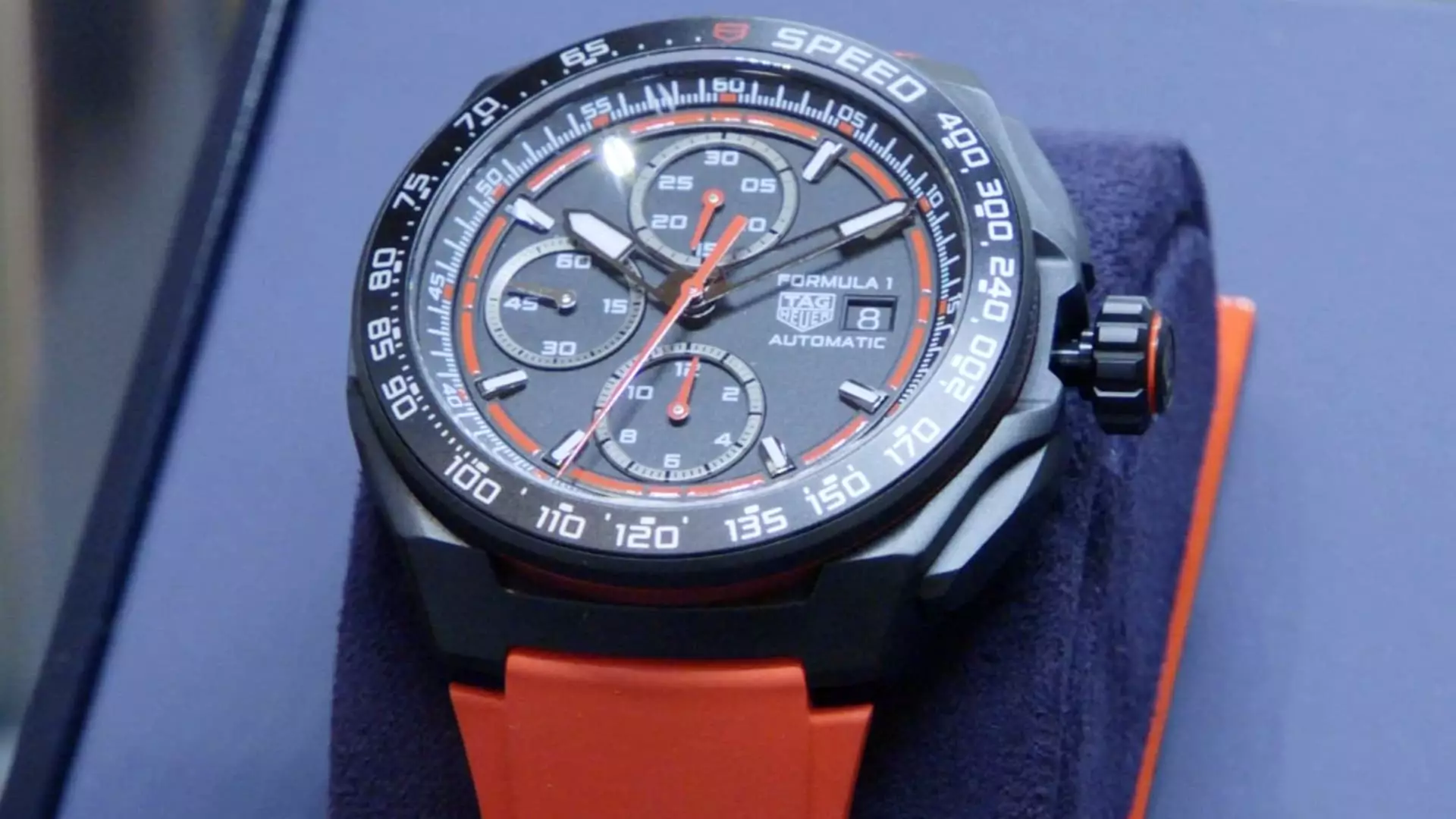In a remarkable turnaround, luxury powerhouse LVMH Moët Hennessy Louis Vuitton has reported a revival in its watches and jewelry sector following a year marked by declines. During its recent earnings call, the company announced a modest 3% increase in sales within this division, signaling a potential rejuvenation for a brand that has long been synonymous with luxury and exclusivity. This uplifting trend emerges in stark contrast to the performance of other segments, such as the fashion and leather goods sector, which dipped by 1%, and the troubled wine and spirits division, which witnessed an 8% decline. This strategic recovery positions LVMH favorably for the future, particularly as optimism grows around consumer spending patterns, especially in the United States and Europe.
Several brand CEOs within LVMH’s luxury portfolio expressed increased positivity about the outlook for 2025. Notably, Jean-Christophe Babin, the CEO of Bulgari, shared his surprise regarding the start of the year, hinting at a broader consumer confidence. Anthony Ledru, heading Tiffany & Co., emphasized how the recent U.S. presidential election appears to have instilled a sense of clarity among affluent consumers, potentially invigorating their purchasing behavior. The sentiment within the luxury industry, particularly after a period of stagnation, suggests a noticeable uptick in interest among the wealthy demographic, paving the way for significant retail recuperation ahead.
Despite lingering uncertainties, especially regarding U.S. tariffs on luxury imports, LVMH brands are aggressively positioning themselves for success with innovative product launches. Noteworthy introductions include Louis Vuitton’s new “Tambour Taiko Spin Time” and the bespoke “Gentissima Oursin Fire Opal” watch. These products not only demonstrate the craftsmanship and creativity that consumers expect from high-end goods but also serve as a strategic push to elevate the brand’s reputation among affluent collectors. Jean Arnault’s strategic vision for Louis Vuitton to become a respected watchmaker underscores the importance of brand evolution through meticulous quality and heritage.
Similarly, TAG Heuer is leveraging its partnership with Formula 1, which has already led to notable spikes in sales. CEO Antoine Pin described the immediate positive response following the announcement as a testament to the synergy of luxury and sport, with social media providing quick feedback on consumer interest. As TAG Heuer rolls out its new Formula 1 collection, it highlights a broader trend where luxury brands increasingly align with high-profile events to enhance visibility and consumer engagement.
Tiffany & Co. is undergoing a transformation that reflects LVMH’s strategic vision of elevating brand prestige. The jewelers reported a 9% increase in their same-store sales, significantly supported by a recent overhaul of their flagship store in Manhattan. With a luxurious renovation that introduces high-end amenities like the Blue Box Cafe, Tiffany is repositioning itself as a premier destination for affluent consumers. Under Ledru’s leadership, Tiffany has not only doubled its average price point but has also enhanced its product offerings to capture the wealthy clientele that appreciates exclusivity and sophistication.
This upward movement in the brand’s trajectory can largely be attributed to a focused marketing strategy and the introduction of collections based on iconic designs. Particularly, the popularity of the hardware collection, featuring high-value pieces like the gold chain-link necklace, denotes a shift towards catering to a more discerning clientele willing to invest in luxury.
Brands like Bulgari are also adjusting to shifts in demographics and consumer spending patterns. As observed by Babin, the rise of female purchasing power— fueled by greater earnings and social changes—is reshaping the luxury market landscape. The growing trend of women purchasing jewelry for themselves, rather than solely as gifts from men, signifies a revolution in the luxury segment that is increasingly progressive and tailored to diverse preferences.
As luxury brands consider both traditional and emerging markets, they remain cautiously optimistic yet vigilant regarding potential economic challenges such as tariffs and geopolitical tensions. Nonetheless, there is an underlying sentiment that affluent consumers, particularly Americans, will continue to seek out luxury experiences, whether in their home country or abroad, contributing to a robust market for high-end watches and jewelry.
The rejuvenation of LVMH’s luxury watch and jewelry sector not only underscores the brand’s resilience but also highlights the evolving landscape of luxury consumption. With forward-thinking leadership, innovative product offerings, and an unwavering commitment to quality, LVMH is poised to navigate the choppy waters of the luxury market successfully. The emphasis on understanding consumer preferences and adapting marketing strategies to current trends will undoubtedly play a critical role in shaping the future of brands like Bulgari and Tiffany as they strive to meet the demands of modern luxury consumers.

